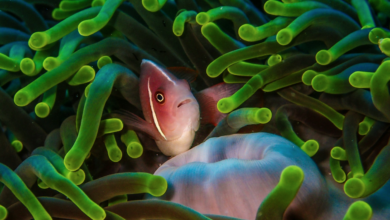Zwitterion hydrogels to remove micro-pollutants from water

A new quick and clean way to remove micropollutants from water such as PFAS and heavy metals
An army of small molecules is considered a real salvation to remove micro-pollutants from water. They are zwitterion molecules, which possess positive and negative charges in equal numbers. In a new article in Nature, a team of scientists at MIT illustrated the use of zwitterion hydrogels to sustainably capture organic and inorganic micropollutants from water. Among the first, we include the very dangerous PFAS, for example. Among the second, are heavy metals such as lead and arsenic.
Today the reference method for the treatment of micro-pollutants in water is activated carbon. However, the production of activated carbon filters is energy-intensive and requires very high temperatures in large, centralized facilities. To produce one kg of activated carbon you need about 4 kg of coal.
The technique adopted by MIT has a minimal operational complexity and can revolutionize technologies for purification. Zwitterion molecules have already been used as coatings on membranes for water treatment, due to their anti-incrotch properties. But this time the scientists used them to form the material of the supporting structure inside the hydrogel, a three-dimensional porous network of polymer chains that contains a significant amount of water. Zwitterion molecules, in fact, attract water much better than other materials used to produce hydrogels or polymers. The positive and negative charges on the molecules cause the material to have a lower compressibility than that commonly observed in hydrogels. This ensures greater strength and porosity and therefore faster absorption. Tests have shown that hydrogels can eliminate six chemically varying micropollutants at least 10 times faster than commercial activated carbon.
The most important thing is that the particles used can be regenerated and used over and over again. By immersing them in an ethanol bath, it is possible to wash them from micropollutants and reuse them without loss of effectiveness. When activated carbon is used for water treatment, however, it is contaminated and must be treated as toxic chemical waste, to be disposed of in special landfills.





